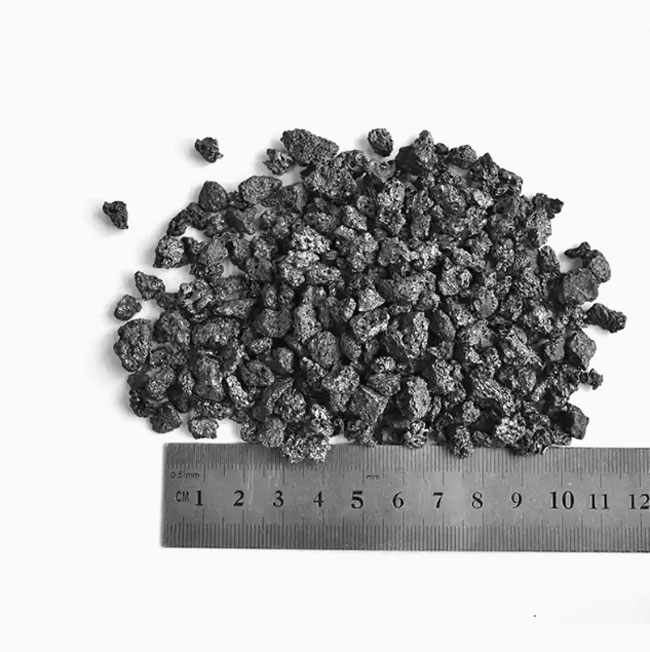
A by-product of crude olefin refining, petroleum coke is a solid carbon black or gray. The unique chemical and physical properties of Petroleum Coke make it an industrial product that is useful for many applications. It is an excellent source of carbon, and it has a high calorific value. It is a good fuel, and can be substituted for coal in many applications. It is made by cracking and distilling the residues from crude oil refining. The coking process takes the heavy byproducts of crude oil refinement and heats them under controlled conditions to separate them from lighter fractions, such as gasoline, diesel, jet fuel, liquid petroleum gas (LPG), kerosene, asphalt, and other miscellaneous oils and lubricants. The resulting residue is called petcoke. It's hard and brittle with a distinctive pore pattern that determines both its grade and type. Petroleum coke comes in two types: green coke, and calcined.
The first step in producing calcined coke involves heating the green coke to very high temperatures in a rotary kiln or vertical shaft kiln, which eliminates volatile elements and increases its carbon content and density. The resultant calcined coal is a high quality fuel that can also be used to produce cement and power. It's also a key raw ingredient in aluminum production for graphite, which is used as anodes in the electrolysis process that turns alumina and aluminum.
The calcined coal is also used as a fuel in cement kilns, which burns low in vanadium and sulfur. Unlike most coal, it has a very low sulfur and volatile matter content. This helps to prevent problems that may arise when using coals higher in vanadium content and sulfur. These include excessive expansion and shrinkage of concrete, shortened sets times, and decreased durability.
The calcined coke can also be converted into cogeneration fuels by gasification. This process can be used to generate electricity, steam and power from nonvolatile waste streams at refineries such as atmospheric residue, vacuum residue, visbreaker-tar and deasphalter-pitch. The gases produced by the gasification of these feedstocks can then be used to generate clean transportation fuels. This is an important process to improve the energy efficiency of refineries while aligning them with sustainability goals. This technology has been adopted by many major oil companies. It is expected that these initiatives will increase the availability of cleaner fuels worldwide and reduce greenhouse gas emissions from the global transportation sector. This is especially true in areas with strict air pollution regulations such as China. This exciting development will bring many benefits to the global economy.

Write a Message